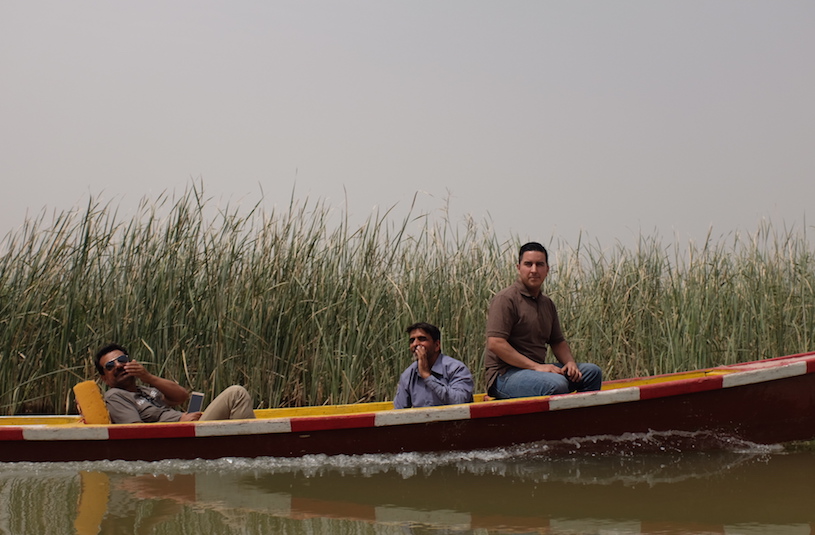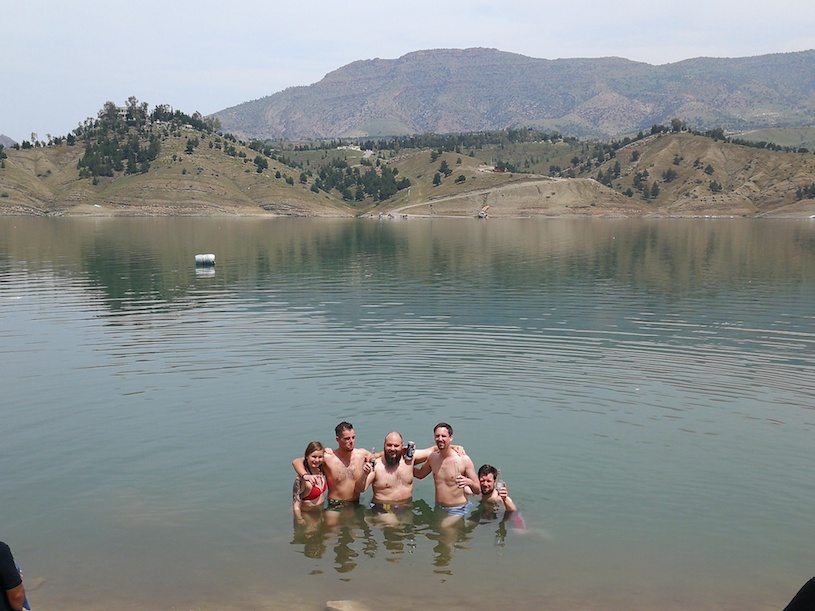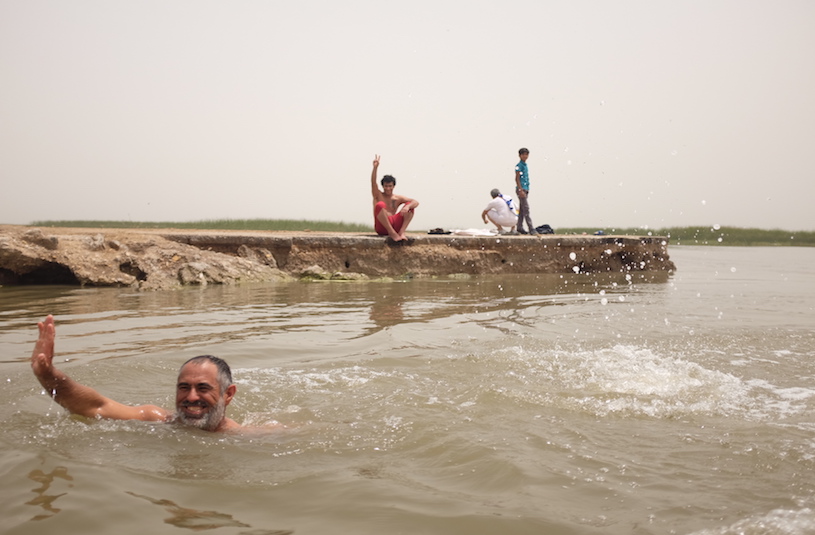When you think about Iraq, what comes to mind? For many, the image is bleak. Over the last few centuries, this region has become synonymous with war, terrorism, Saddam Hussein, desert, and a whole lot of oil. But amidst the chaos and bad news stories is a natural oasis, the location of the garden of Eden, known today as the Mesopotamian marshes.
Their narrative is breathtaking and depressing, although their story demonstrates human resilience and the power of nature.
Defining the Iraqi Mesopotamian Marshes
The Mesopotamian marshes are some of Iraq’s most biblical, historical, and magical lands. Nestled between the Tigris and Euphrates, the name Mesopotamia translates to “land between two rivers”. They cover 35,572 km²; in putting the sheer size into perspective, Belgium covers 30,688 km². So impressive it is considered the most famous swamp in the world or romanticising – the Iraqi Venice.
The ecosystem amongst deserts has been a haven for some of the most impressive flora and fauna. Most notoriously, the symbiosis of humans and nature courtesy of the Iraqi Marsh Arabs.

The Humans of the Iraqi Mesopotamian Marshes – The Marsh Arabs
It is impossible to understand the Mesopotamian Marshes without recognising the Marsh Arabs or The Ma’dan. Their unique culture and livelihood rely on the land, surviving off cultivation, buffalo breeding, and cane reed gathering, from which they use to make masterful homes and crafts. Despite the idealist image, the Iraqi Arabs are secluded and a minority, which means they are amongst the most impoverished in the nation. Unfortunately, in the early nineties, life for humans and the environment was threatened by who else – Saddam Hussein.
Why Saddam Hussein Sought to Destroy the Iraqi Mesopotamian Marshes?
If you answered because he was sadistic, that’s not wrong. Although it pretty much sums up the reasoning behind many of the dictators’ choices. The complex answer is following the US and allied forces’ victory in Kuwait; Bush Senior encouraged Iraqis to “take matters into their own hands”. Thus, beginning the Iraqi uprising. Amongst the long list of those wishing to overthrow the dictator was the marsh Arabs.
Unfortunately, they were tactfully and ruthlessly crushed by Saddam’s forces. Although executions and disappearances were not enough, he sought vengeance on a scale so extreme it would be considered the marsh Arabs holocaust.
Anatomy of the Crime on the Iraqi Mesopotamian Marshes
Instead of chemical weapons of mass destruction, Saddam Hussein, in a spectacular feat of engineering, mobilised the nation’s limited resources to drain the marshes. He aimed to divert every drop of water out of a country known as a vast desert region—the absurdity highlighting the dictator’s extreme vindictiveness. In the 5-year project, with the creation of six canals, he successfully redirected over 90% of the water to the Persian Gulf and desert, causing both genocide and ecocide. Then, in a final act, he set it alight, turning land to dust to ensure the prestige wetlands would never return.
The Forgotten Iraqi Mesopotamian Marshes and People
The obliteration of the Iraqi Mesopotamian Marshes illustrates the power of totalitarian regimes. Saddam Hussein inflicted not only one of the greatest ecological catastrophes in the 20th century but the loss of 250,000 people’s ancestral homeland dating over 5,000 years – all without retribution. Even today, what happened to the marsh Arabs is unclear. Still, the options are limited to arrest, hidden, executed, vanished, or a refugee in Iran. Moreover, the issue today raises questions about the absence of support by the international community – was there a lack of political will or media access?
The Aftermath of Saddam
Following the fall of Saddam Hussein, the Marsh Arabs were absolute in their determination to “resurrect Eden”. Driven by passion, they undertook the difficult feat of demolishing the damns that deprived their water. Finally, the water swept the region, and in the ultimate act of defiance, seeds began to sprout after a century of drought.
Despite the marshes steadily recovering and the willpower of marsh Arabs to preserve their land and culture, living according to traditions is not an easy choice. Many are torn between staying penurious or leaving for an easier life. Sadly, the long-term effects are still felt in water levels and quality, food sources and just about everything else. As a result, today, there is an 84% decrease since 1991 in the marsh Arabs living on this magical land.
–
Since the fall of Isis in 2017, we have frequently visited this unique location, immersing ourselves in the marsh Arabs’ unique culture. Eating delicious food, riding mashoofs (canoes), and swimming for the adventurous.
Join us next month on the Whole Iraq Tour
For further reading on visiting Iraq – learn more here!







